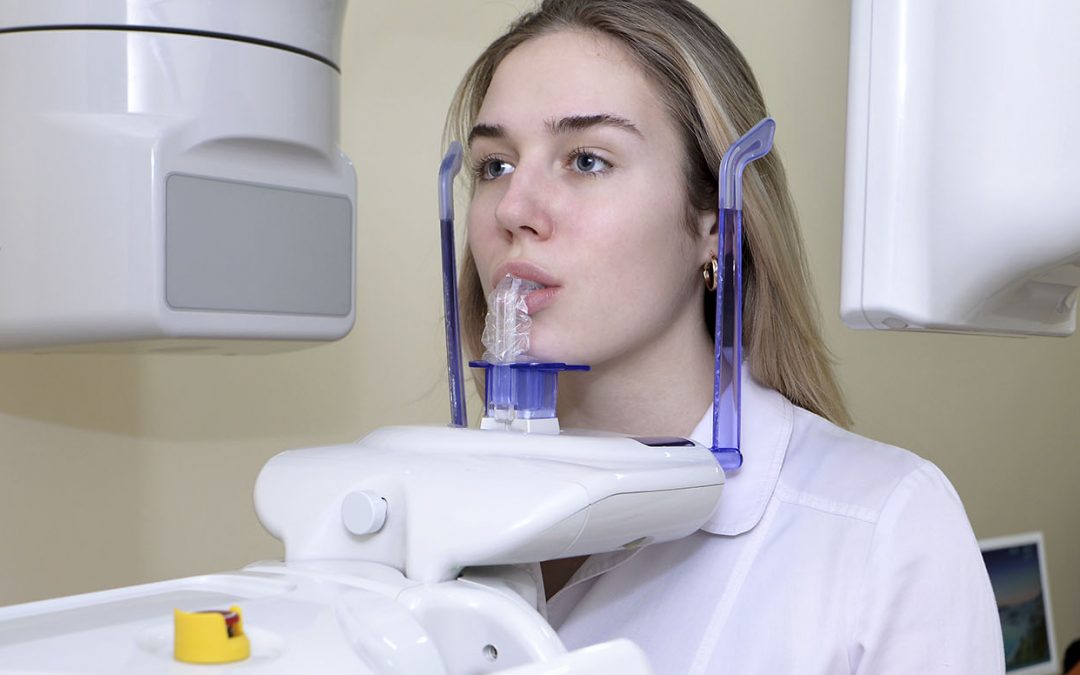ISO 11405 Dental Adhesive Bond Strength Testing
The ISO 11405 standard is a critical part of ensuring that dental adhesives used in restorative dentistry are safe, reliable, and effective. This test assesses the shear bond strength between composite resin restorations and tooth enamel or dentin. Understanding this bond strength is essential for determining how well an adhesive can adhere to a given substrate under various clinical conditions.
The process of testing involves several steps, including the preparation of dental specimens according to ISO 11405 guidelines. The test specimens are then bonded using the specified dental adhesive and cured following standardized procedures. After bonding, the samples undergo mechanical testing in shear to determine their bond strength. This allows for the evaluation of the effectiveness of the adhesive system under stress conditions.
The importance of this standard cannot be overstated, especially given the complexity of dental restorative treatments. By adhering strictly to ISO 11405, laboratories and manufacturers ensure that they are producing products that meet international standards for safety and efficacy. This is particularly important in a rapidly evolving field where patient outcomes depend heavily on the reliability of materials used.
The test results provide critical information about the mechanical properties of dental adhesives. These can help researchers and clinicians make informed decisions about which adhesives to use, based on their performance characteristics. For instance, higher bond strength values indicate better resistance to shear forces, which is crucial for maintaining the integrity of restorations over time.
Moreover, ISO 11405 testing allows for the comparison of different dental adhesives across brands and manufacturers. This ensures a level playing field in terms of product quality and helps consumers make better-informed choices about their dental care. It also supports regulatory compliance requirements, which are essential for market access and patient safety.
The standard is not only applicable to composite resins but can be adapted for other types of dental restorative materials as well. This flexibility makes it a versatile tool in the broader context of dental device testing.
Applied Standards
| Standard | Description |
|---|---|
| ISO 11405:2003 | Dental restorations — Bond strength between composite resins and tooth structure by shear testing |
Benefits
- Ensures compliance with international standards, enhancing product reliability.
- Provides critical data for quality control and improvement in adhesive formulations.
- Supports research and development efforts by offering standardized testing parameters.
- Facilitates the comparison of different dental adhesives from various manufacturers.
- Aids in regulatory compliance, ensuring products meet safety and efficacy requirements.
Why Choose This Test
- The test is recognized globally for its reliability and accuracy.
- It provides a clear measure of the shear bond strength, which is critical for patient safety.
- The standard is regularly updated to reflect advancements in dental technology and materials.
- Results are repeatable, allowing for consistent evaluation across different batches or manufacturers.





